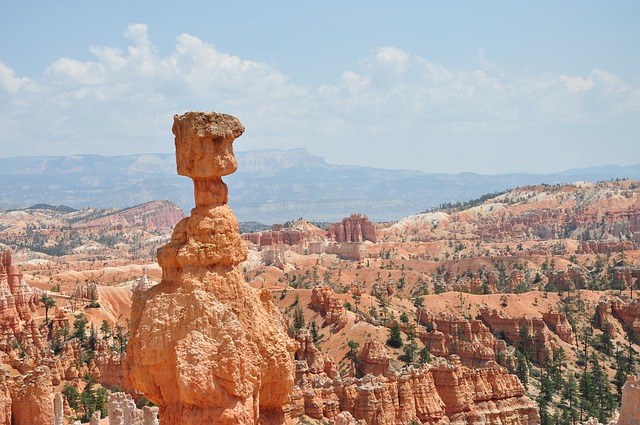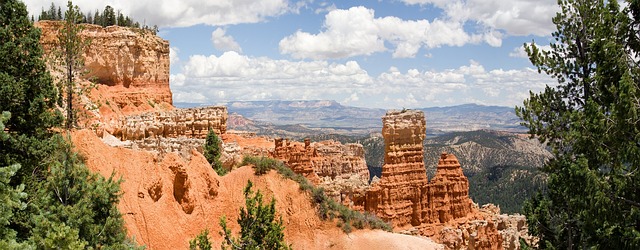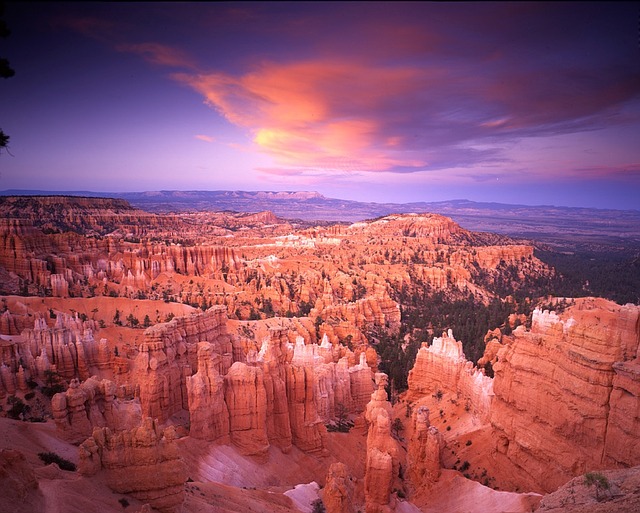 Bryce Canyon National Park is home to some of the most unique and awe-inspiring landscapes. Its colors alone are unlike anything most people have ever seen. It is full of red, golden, and pink rocks that are the backdrop to stunning evergreen trees. Bryce is also home to some of the best hiking trails in the country. Here are some of the best hikes in Bryce Canyon.
Bryce Canyon National Park is home to some of the most unique and awe-inspiring landscapes. Its colors alone are unlike anything most people have ever seen. It is full of red, golden, and pink rocks that are the backdrop to stunning evergreen trees. Bryce is also home to some of the best hiking trails in the country. Here are some of the best hikes in Bryce Canyon.
Hoodoo Trail
Hoodoo Trail is a short hike that is rated easy. It is a great way to see some of the splendors of Bryce Canyon without exerting too much energy. It is a good trail to take the whole family as it is flat and short and should only take about 30 minutes to complete.
The main attraction of this hike is the Hoodoos. These are limestone mountains that are magnificent to behold. This trail winds very close to these Hoodoos so you can partake of their beauty up close.
Interestingly, these Hoodoos are formed because of the snow that blankets Bryce Canyon every winter. The ice expands and then contracts and causes spires that are truly a site to behold.
Swamp Canyon Loop
Swamp Canyon Loop is a bit longer, almost a 4.5-mile trail, but is still a relatively easy hike. On this hike, you will see some very stunning rock formations.
This section of the Under-the Rim Trail, will offer views worthy of some of the best photographers. You will see bright orange and red formations that will be hard to forget.
Riggs Spring Loop Trail
Riggs Spring Loop is an intermediate hike that is right around 8.5 miles long. On this hike, you will see a large selection of wildflowers. Halfway through the hike you will hit a spring that is the perfect spot to sit, rest, and even have a picnic lunch. This hike is open from March to October.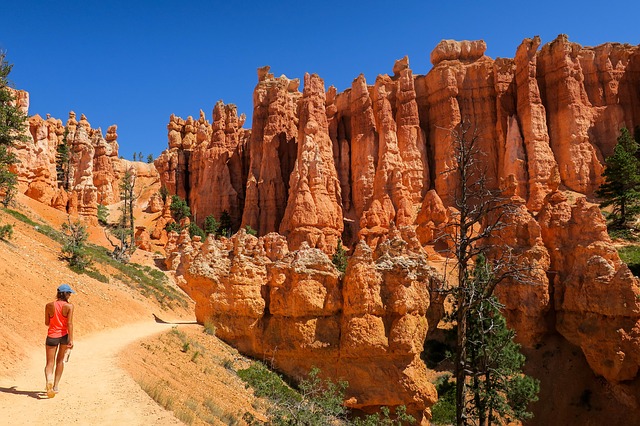
Fairyland Loop Trail
Another intermediate hike is the Fairyland Loop Trail. It is a little over 8 miles long and should take about half a day to complete. This trail is a less popular and therefore has fewer crowds. On this hike, you will see a wide array of Hoodoos, some of the best in the park.
This hike also gives you a chance to see some of the wildlife that is native to Bryce Canyon. Therefore, this is a great hike for those who are looking for birds in the park. This hike is best taken from April to October.
Cassidy Trail
Cassidy Trail is a difficult hike that will provide unforgettable views. You will hike along a ridge that is exposed while you make your way towards the Mexican Hat Peak. It is a longer hike, almost 18 miles long.
When you see Mexican Hat Peak, you will be in awe over this sharp rock formation. While, you will need to plan almost a whole day for the hike, it is definitely worth the effort.
This list just scratches the surface on the best hikes in Bryce Canyon. There are literally hundreds of other trails that are just as fantastic.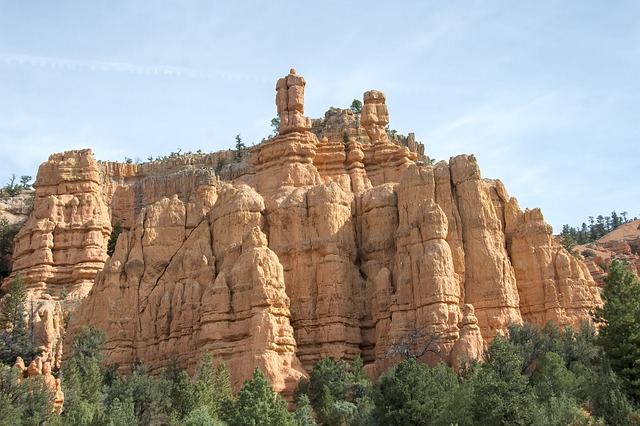

 Bryce Canyon National Park is situated in southwestern Utah in the U.S. This area was first settled in the 1850s by the Mormon pioneers and derived its name from Ebenezer Bryce, who decided to homestead in this area in the year 1874. The area that surrounds Bryce Canyon was named a National Monument in the year 1923 and was later designated into a National Park in the year 1928.
Bryce Canyon National Park is situated in southwestern Utah in the U.S. This area was first settled in the 1850s by the Mormon pioneers and derived its name from Ebenezer Bryce, who decided to homestead in this area in the year 1874. The area that surrounds Bryce Canyon was named a National Monument in the year 1923 and was later designated into a National Park in the year 1928.